





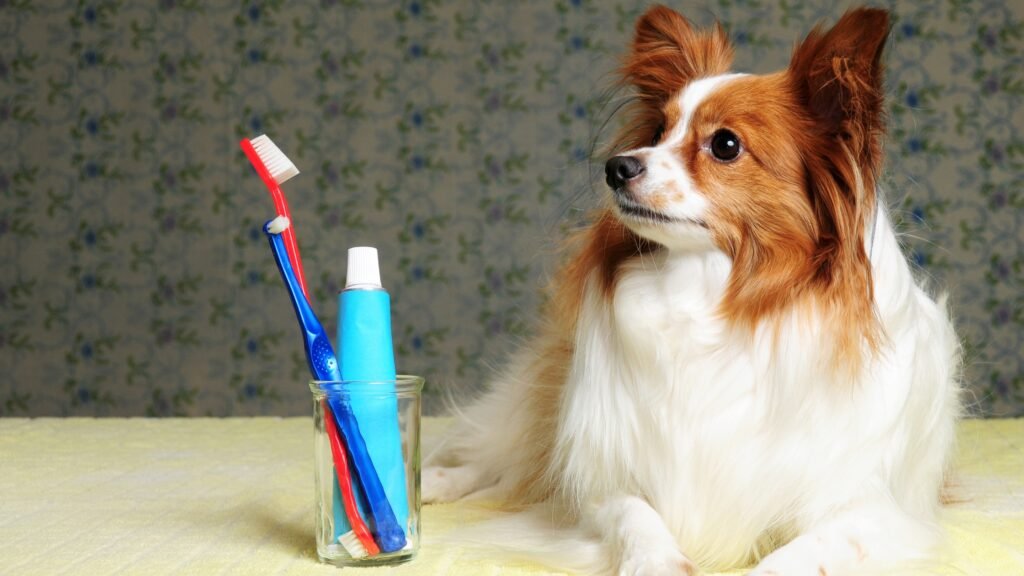
Oral health is just as important for pets as it is for humans. Poor dental hygiene can lead to bad breath, gum disease, tooth decay, and even serious health complications affecting the heart, liver, and kidneys. Despite this, dental care for pets is often overlooked, with many pet owners unaware of the risks associated with poor oral hygiene.
Regular brushing, dental treats, vet checkups, and proper nutrition can help maintain strong teeth and healthy gums for your pet. In this guide, we will cover the best pet dental care practices, effective home solutions, and essential products that will keep your furry friend’s smile clean and healthy.

✔ Prevents bad breath – Poor oral hygiene leads to plaque and tartar buildup, which causes unpleasant odors.
✔ Reduces the risk of gum disease – Gingivitis and periodontal disease can result in pain, tooth loss, and infections.
✔ Prevents systemic diseases – Bacteria from dental infections can spread, affecting the heart, kidneys, and liver.
✔ Saves on expensive vet bills – Regular dental care prevents the need for costly tooth extractions and deep cleanings.
✔ Ensures a pain-free, healthy life – Clean teeth improve chewing ability, digestion, and overall comfort.
Ignoring your pet dental health can result in serious health complications, making preventative care essential.
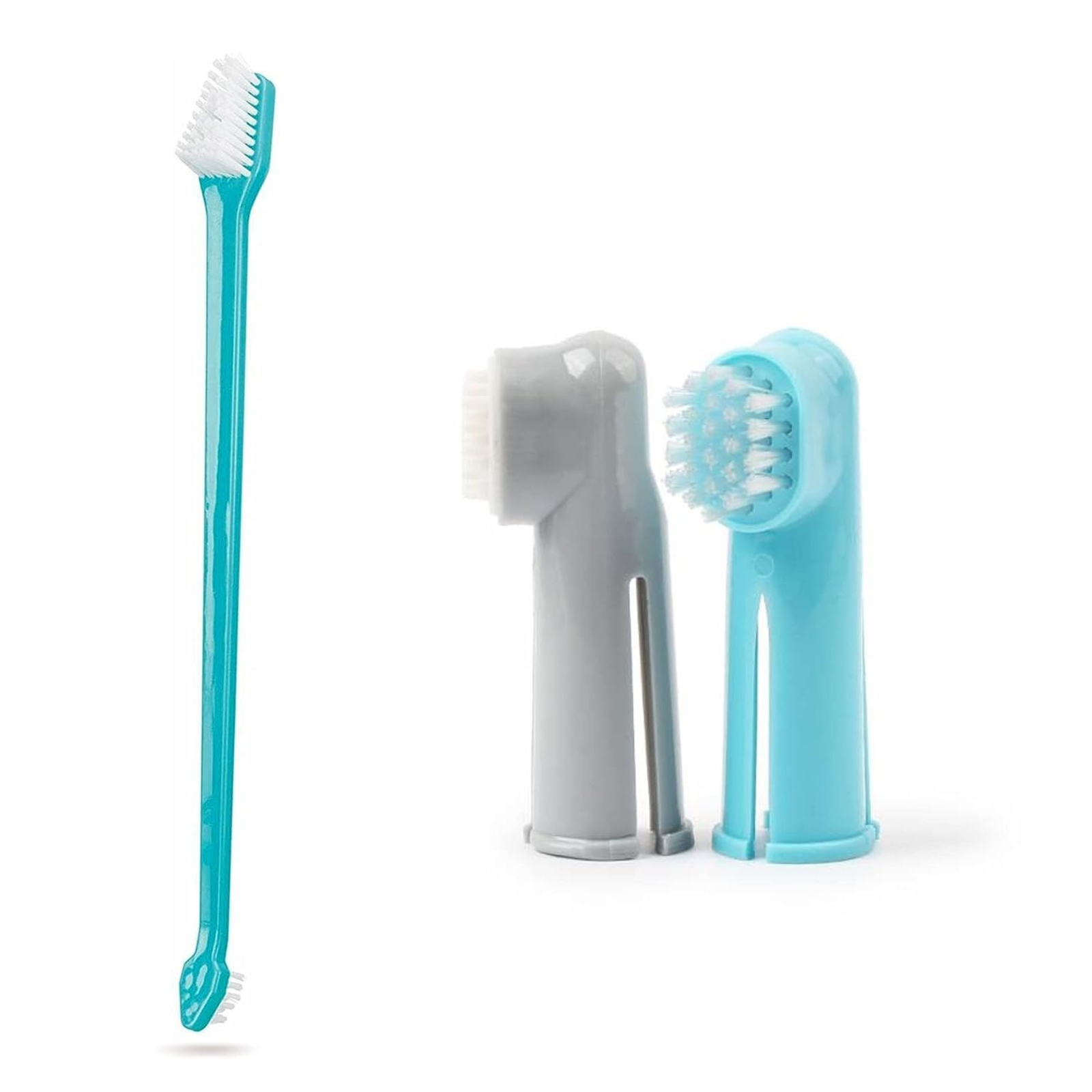
Brushing your pet’s teeth daily is the most effective way to remove plaque, prevent tartar buildup, and keep gums healthy. Using a pet-friendly toothbrush and toothpaste ensures safe and effective cleaning.
✔ Use a soft-bristle toothbrush or a finger brush for gentle cleaning.
✔ Choose a pet-safe toothpaste (never use human toothpaste, as it contains toxic fluoride).
✔ Start by letting your pet taste the toothpaste and get used to the brush.
✔ Gently lift the lips and brush in small circular motions along the gum line.
✔ Focus on the outer surfaces—these are the most prone to plaque buildup.
✔ Reward with praise or a treat after each session to build positive associations.
🐾 Start slowly and patiently, especially with pets who are new to brushing.
🐾 Use flavored toothpaste (like poultry, beef, or peanut butter) to make it enjoyable.
🐾 Brush at least 3-4 times a week if daily brushing isn’t possible.

Dental chews and treats help scrape off plaque, strengthen gums, and freshen breath while providing an enjoyable experience for your pet.
✔ Designed to reduce tartar and plaque buildup
✔ Encourages natural chewing, which promotes gum health
✔ Available in different sizes and textures for dogs and cats
🐾 Look for vet-approved, enzymatic chews that actively fight bacteria.
🐾 Select hard, textured treats that promote mechanical cleaning.
🐾 Avoid chews with artificial ingredients or excessive calories.
Best For: Pets that resist brushing or need an extra layer of dental care.
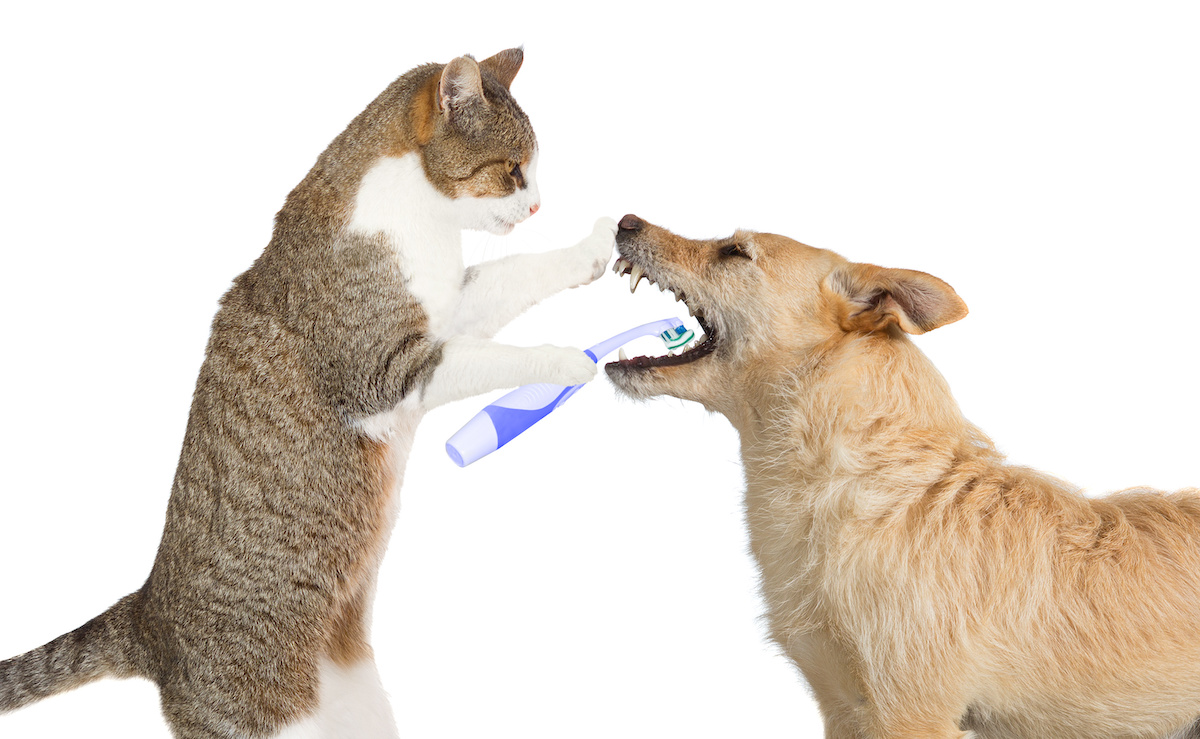
If brushing is challenging, water additives and oral rinses provide an effortless way to reduce plaque, bacteria, and bad breath. Simply add them to your pet’s water bowl for daily dental protection.
✔ Antibacterial properties to prevent plaque and tartar
✔ Neutralizes bad breath without requiring brushing
✔ Easy to use—just add a small amount to drinking water
🐾 Follow the recommended dosage on the product label.
🐾 Ensure fresh water is always available for hydration.
🐾 Combine with brushing and dental chews for maximum effectiveness.
Best For: Busy pet owners or pets that dislike brushing.
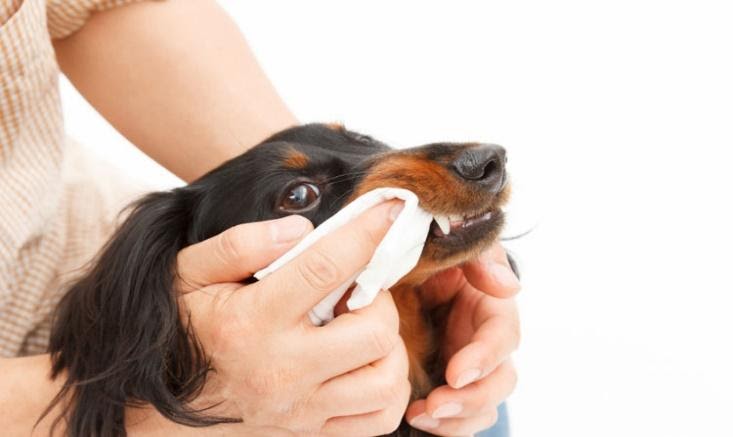
For pets who refuse toothbrushes, dental wipes are a convenient alternative. These textured, antibacterial wipes help remove plaque and freshen breath with minimal effort.
✔ Quick and easy to use
✔ Removes plaque and bacteria without brushing
✔ Infused with enzymes and breath-freshening ingredients
🐾 Wrap a wipe around your finger and gently rub it along your pet’s teeth and gums.
🐾 Use daily or several times a week for best results.
🐾 Reward your pet with praise or a treat afterward.
Best For: Pets that won’t tolerate a toothbrush but still need oral care.
Even with the best home care routine, professional cleanings are essential for deep cleaning below the gumline and detecting hidden dental issues.
✔ Removes stubborn tartar and plaque buildup
✔ Prevents periodontal disease and infections
✔ Allows the vet to check for cavities, loose teeth, and oral tumors
🐾 Once a year for most adult pets.
🐾 More frequently for senior pets or breeds prone to dental problems (e.g., small breeds, brachycephalic dogs, and Persian cats).
A pet’s diet plays a crucial role in dental health. Dry kibble, raw bones, and dental diets help mechanically clean teeth and reduce plaque buildup.
✔ Crunchy kibble helps scrape off plaque while chewing.
✔ Raw bones (appropriate for dogs) encourage natural tooth cleaning.
✔ Dental-specific pet food contains enzymes that break down plaque.
🚫 Soft, sticky treats that promote plaque buildup.
🚫 Human food, especially sugar-laden snacks and processed foods.
🚫 Bones that are too hard, as they may cause tooth fractures.
A balanced diet with dental benefits promotes strong teeth and healthy gums.
Read Also : A Happy Smile for Your Pet: The Ultimate Guide to Dental Care
Chew to a Healthier Smile: The Best Pet Toys for Dental Health!
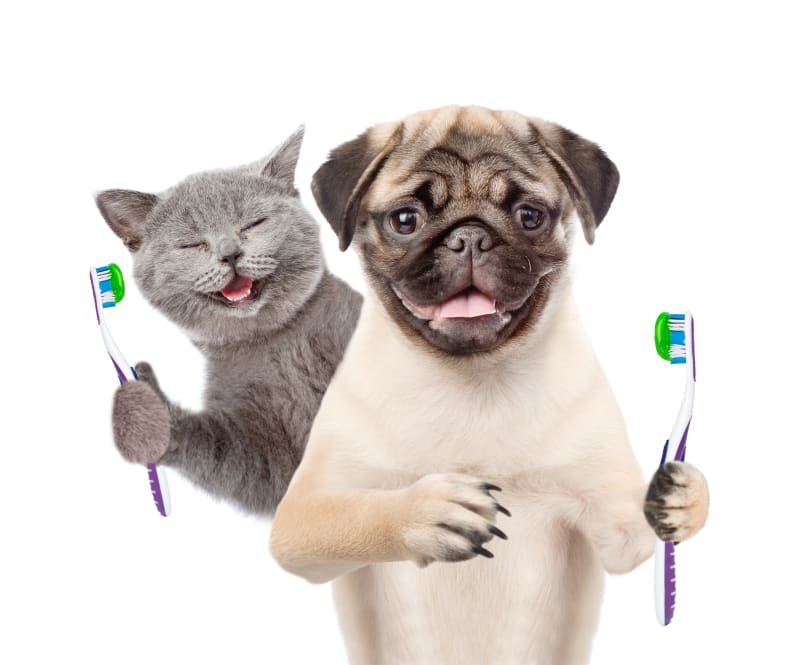
Regularly check for these warning signs of dental disease:
⚠ Bad breath – Persistent foul odor can indicate infection or gum disease.
⚠ Red or swollen gums – A sign of gingivitis or inflammation.
⚠ Yellow or brown tartar buildup – Plaque hardening on the teeth.
⚠ Difficulty eating or chewing – Painful teeth may cause food avoidance.
⚠ Loose or missing teeth – Indicates advanced dental disease.
If any of these symptoms appear, consult a vet for immediate dental care.
A consistent dental care routine is essential to keep your pet’s teeth strong, breath fresh, and gums healthy. Whether you brush daily, offer dental chews, or use water additives, every effort helps prevent painful dental issues and ensures a happier, healthier life for your pet.
✔ Brushing is the best way to prevent plaque buildup.
✔ Dental chews and treats help clean teeth while providing a tasty reward.
✔ Water additives and dental wipes make oral care easy for reluctant pets.
✔ Professional cleanings are necessary for deep plaque and tartar removal.
✔ A proper diet supports long-term pet dental health.
By prioritizing regular pet dental care, pet owners can prevent costly vet visits, improve their pet’s quality of life, and ensure a bright, healthy smile for years to come.
Ideally, daily brushing is best, but at least 3-4 times a week helps prevent plaque buildup.
Dental chews help, but they should be combined with brushing and vet checkups.
No! Fluoride in human toothpaste is toxic to pets—always use pet-safe toothpaste.




